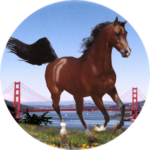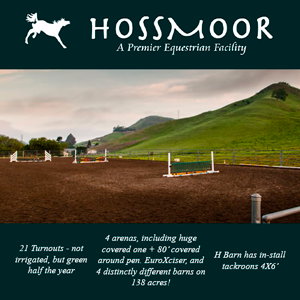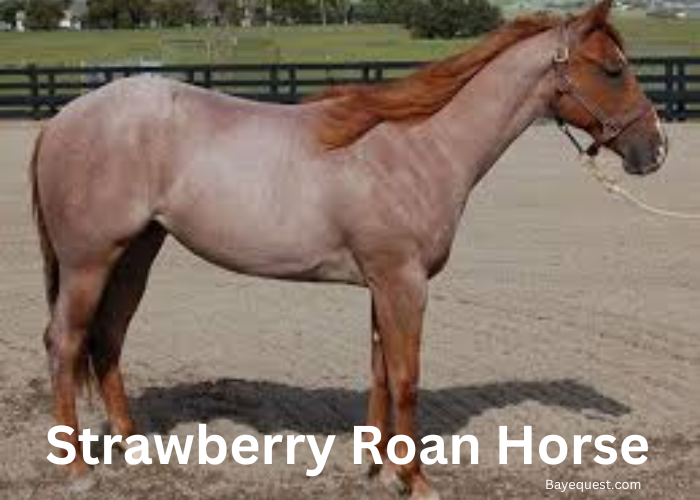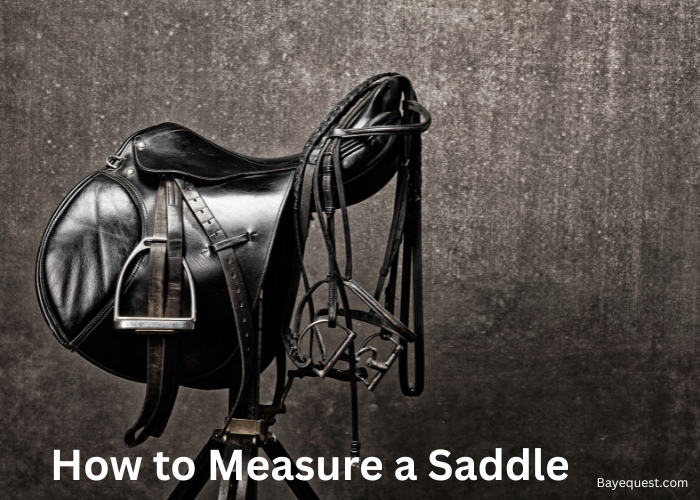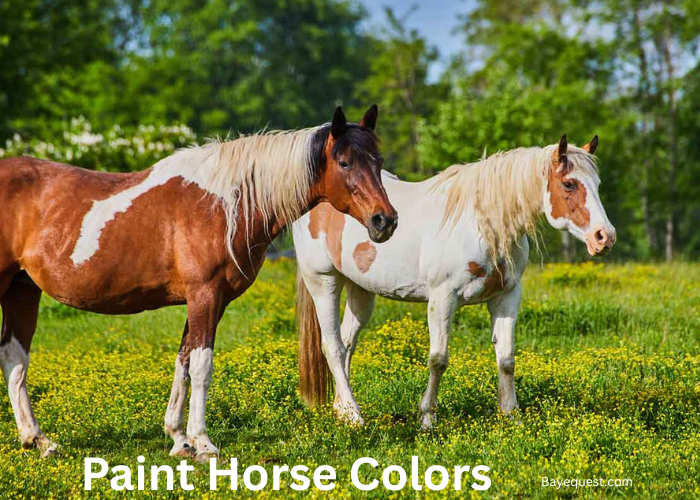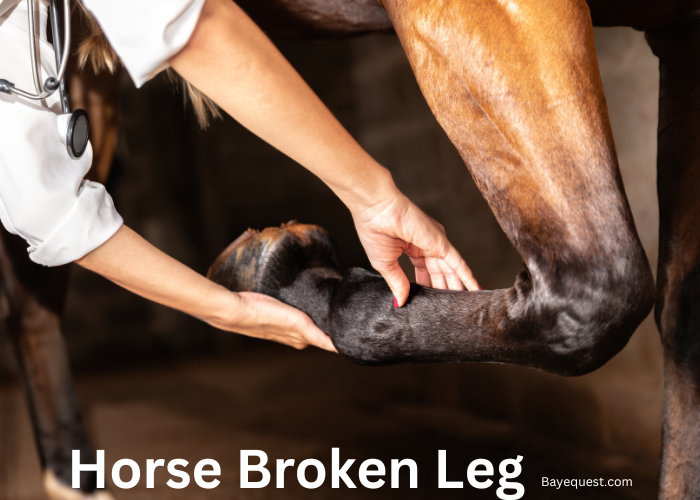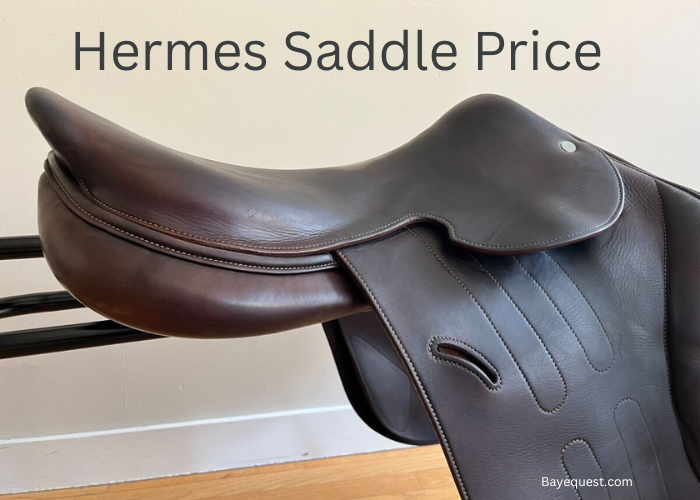A strawberry roan horse is a real showstopper. With its mix of red and white hairs, it looks like it walked straight out of a fairy tale.
This coat isn’t just rare, it’s mesmerizing. It glows under the sun, changing shades with the seasons.
Some call it pink, but horse lovers know better. The strawberry roan is bold, beautiful, and full of charm.
But what makes this coat so special? Is it genetics, magic, or a little bit of both?
Let’s dive into the world of this stunning horse and uncover the truth.
What is a Strawberry Roan Horse
A strawberry roan horse is a horse with a chestnut base coat mixed with white hairs throughout its body.
This gives it a soft, pinkish-red appearance, similar to the color of a ripe strawberry.
The mane and tail can be flaxen, red, or mixed with white, depending on the horse’s genetics.
Unlike gray horses, which lighten with age, a strawberry roan keeps its distinct color pattern for life.
This coat color is purely cosmetic and does not affect the horse’s health or abilities.
It’s one of the most eye-catching roan variations, often admired for its unique and vibrant look.
The Genetics Behind the Strawberry Roan Coat
The strawberry roan coat is the result of a unique genetic combination. It occurs when a chestnut base coat interacts with the roan gene (Rn).
Understanding how this works requires a closer look at both coat color inheritance and the roan gene’s effects.
1. The Role of the Roan Gene (Rn)
The roan pattern is controlled by a dominant gene (Rn).
This means that if a horse inherits at least one copy of the roan gene from either parent, it will display the roan coat.
The roan gene causes white hairs to be evenly mixed throughout the body, while the mane, tail, and lower legs often remain solid.
- A horse that inherits one copy of the roan gene (Rn/n) will be roan.
- If a horse does not inherit the roan gene (n/n), it will not have the roan pattern.
- Homozygous roans (Rn/Rn) were once believed to be non-viable, but research shows they are just as healthy as heterozygous roans.
2. The Chestnut Base Coat
For a horse to be strawberry roan, it must have a chestnut base coat (ee).
The chestnut color is caused by two recessive “e” alleles, which prevent black pigmentation.
Since roan simply modifies the coat by mixing in white hairs, a chestnut horse with the roan gene becomes a strawberry roan.
- A bay horse (E/A) with the roan gene becomes a bay roan.
- A black horse (E/E) with the roan gene becomes a blue roan.
- A chestnut horse (ee) with the roan gene becomes a strawberry roan.
3. How the Roan Coat Changes Over Time
Unlike gray horses, which lighten with age, roan horses keep their base coat color throughout their life.
However, the intensity of the roaning can vary depending on seasonal shedding and coat thickness:
- In summer, the white hairs mix more evenly with the red, making the horse appear more roan.
- In winter, the longer coat may show more of the chestnut base, making the roan effect less pronounced.
- Scrapes or cuts can heal as solid-colored patches, known as “roan patches” or “corn marks.”
4. Breeding for a Strawberry Roan
To produce a strawberry roan foal, breeders must ensure that:
- The foal inherits the roan gene (Rn) from at least one parent.
- The foal inherits a chestnut base coat (ee) from both parents.
Since the roan gene is dominant, at least one parent must be roan for the foal to inherit the trait.
If a chestnut horse without the roan gene is bred to a roan horse, there is a 50% chance the foal will be a roan, but only if the chestnut base is passed down.
History of Strawberry Roan Horses
The strawberry roan coat has been around for centuries, appearing in various horse breeds across different regions.
The roan gene itself is ancient, dating back to early domesticated horses.
While the exact origin of the first strawberry roan is unclear, historical records suggest that roan horses have been present in European, Asian, and American horse breeds for hundreds of years.
In the early days of ranching and cavalry use, roan horses were highly valued for their unique appearance and durability.
The color often appeared in working horses, including draft breeds and stock horses.
Cultural Significance of the Strawberry Roan Horse
Strawberry roan horses have made their way into folklore, literature, and music.
One of the most famous references is “The Strawberry Roan,” a legendary cowboy song and poem written by Curley Fletcher in the early 1900s.
The song tells the story of a wild, unbreakable strawberry roan horse that no cowboy can tame.
This portrayal cemented the horse’s reputation as a spirited and strong-willed animal in Western culture.
In art and literature, the strawberry roan has often been depicted as a horse of adventure, freedom, and untamed beauty.
Many Western films, novels, and paintings feature roan horses as symbols of the rugged and independent cowboy lifestyle.
In some cultures, horses with striking coat patterns, including roans, have been seen as lucky or mystical.
Their unique coloration sets them apart, making them highly prized by riders and breeders.
Characteristics and Appearance of the Strawberry Roan Horse
A strawberry roan horse has a striking coat, blending red and white hairs in a way that makes it stand out.
While color is the defining feature, these horses often have other unique traits that add to their appeal.
Coat Color and Pattern
The strawberry roan coat is a mix of chestnut (red) hairs and white hairs, evenly distributed across the body.
The coat may appear darker in winter and brighter in summer due to seasonal shedding.
Mane and Tail Colors
The mane and tail can vary in color, often seen in:
- Flaxen (light blonde or cream)
- Chestnut (matching the base coat)
- Mixed white and red hairs
Some strawberry roans have darker manes and tails, but they never turn black since the horse lacks the black pigment gene (E).
Unique Roan Features
Roan coats often develop “corn marks”, solid-colored patches where the horse was injured or scratched.
The head, legs, and lower portions of the body may have fewer white hairs, keeping a darker appearance compared to the rest of the coat.
Some strawberry roans may have white markings like socks, blazes, or stars, but these are separate from the roan pattern.
How the Coat Looks in Motion
In sunlight, strawberry roans shimmer due to the contrast between red and white hairs.
When galloping, the coat can create an almost rippling effect, making them stand out in motion.
The color changes slightly depending on the lighting, sometimes looking rosy pink and other times rich red.
Alternative Names for the Strawberry Roan
The strawberry roan coat is known by different names, depending on the region, breed, or individual preference.
While “strawberry roan” is the most common term, here are some alternative names:
1. Chestnut roan
- Used interchangeably with strawberry roan.
- Emphasizes the chestnut base coat rather than the pinkish hue.
2. Red roan (Older usage)
- Some older classifications called chestnut roans “red roans.”
- Today, red roan is often used for bay roans, which have a bay base coat with roan patterning.
3. Rose roan
- A more poetic term for the soft, pinkish hue of a strawberry roan.
- Less commonly used but still recognized in some horse communities.
4. Sorrel roan
- Some Western riders, especially in the U.S., use “sorrel roan” when referring to a lighter, red-toned strawberry roan.
- More common among Quarter Horse breeders and ranchers.
5. Pink roan (Rare, but descriptive)
- Some casual horse enthusiasts describe strawberry roans as “pink roans” due to their unique reddish-white mix.
- Not an official term, but it captures the horse’s rosy appearance.
Breeds That Can Have a Strawberry Roan Coat
American Quarter Horse
The American Quarter Horse is one of the most common breeds to carry the strawberry roan coat.
Known for its speed, agility, and versatility, this breed is a favorite in Western riding, ranch work, and rodeo events.
The AQHA recognizes roan as an official coat variation and many strawberry roan Quarter Horses can be found in disciplines like barrel racing, cutting, and reining.
They are a popular choice for riders who want both beauty and performance.
Belgian Draft Horse
The Belgian Draft Horse is a powerhouse known for its massive size and gentle nature.
Originally bred for heavy farm work, these horses are among the strongest draft breeds in the world.
While most Belgians are chestnut or sorrel, the roan gene occasionally appears, producing stunning strawberry roan variations.
Belgian roans often have a softer, more blended red-and-white coat compared to lighter-built breeds.
They have a calm demeanor and impressive stature, making them popular for parades, logging, and pulling competitions.
A strawberry roan Belgian Draft is a rare and breathtaking sight, combining strength with elegance.
Paso Fino
The Paso Fino is a gaited breed famous for its incredibly smooth and natural four-beat gait, which provides a comfortable ride over long distances.
While Paso Finos are most commonly seen in solid colors, some carry the roan gene, producing striking strawberry roan coats.
This color, combined with the breed’s refined build and graceful movement, makes the strawberry roan Paso Fino stand out.
A strawberry roan Paso Fino is not just visually stunning—it also moves with effortless grace and precision.
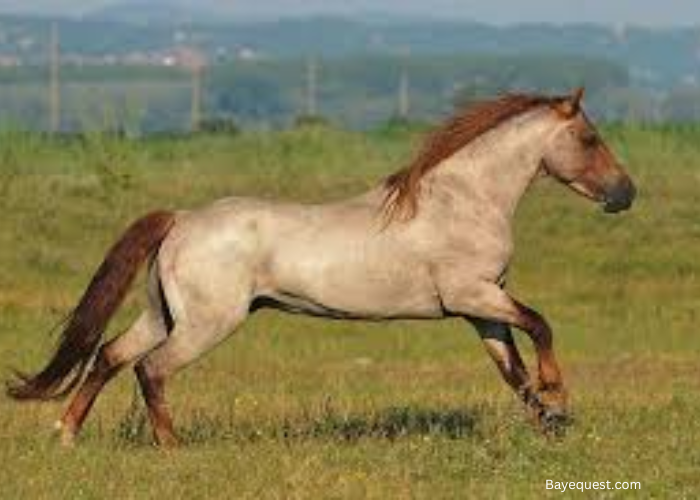
How to Care for a Strawberry Roan Horse
Caring for a strawberry roan horse requires regular grooming to maintain its vibrant coat and overall health.
Since the mix of red and white hairs can easily show dirt and stains, daily brushing helps keep the coat clean and distributes natural oils for shine.
Occasional bathing with mild shampoo can brighten the color, especially for shows.
Protecting the coat from excessive sun exposure with shade or fly sheets prevents fading, while proper nutrition supports a healthy, glossy coat.
Routine hoof care, dental checkups, and exercise ensure the horse stays strong, comfortable, and in peak condition.
Other Roan Colored Horse Breeds
Many horse breeds can carry the roan gene, producing stunning coat variations like strawberry roan, blue roan, and bay roan.
Here are some other breeds known for their roan-colored coats:
Appaloosa. While famous for their spotted coats, some Appaloosas carry the roan gene, creating unique roan-spotted patterns.
Tennessee walking horse. Known for their smooth gait, they can also inherit the roan gene, producing eye-catching blue, bay, or strawberry roan variations.
Mustang. Wild Mustangs often display roan coats due to their diverse genetic background.
Percheron. This powerful draft breed can occasionally be seen in roan, though it is less common.
Welsh Pony and Cob. Roan coloring is especially seen in Welsh Cobs, adding to their striking appearance.
Standardbred. While primarily bred for harness racing, some Standardbreds inherit the roan gene.
Rocky mountain horse. Though more known for their chocolate coats, some rare individuals carry the roan gene.
Spanish mustang. A descendant of early Iberian horses, Spanish Mustangs occasionally display roan coloring.
North American Spotted Draft Horse. A heavy breed that can have both spotted and roan coat variations.
Quarter Pony. Similar to the American Quarter Horse, but in a smaller size, this breed can also have roan coats.
The Future of Strawberry Roan Horses: Conclusion
The strawberry roan horse is a true standout. Its mix of red and white hairs creates a coat that shimmers in the sun.
This unique coloring can be found in powerful draft breeds, athletic Quarter Horses, and smooth Paso Finos.
The roan gene makes each horse one of a kind, keeping its color for life. With proper grooming and care, a strawberry roan will always look stunning.
Whether on the ranch, in the show ring, or on the trail, this horse turns heads. It’s more than just a coat color, it’s a symbol of beauty and strength.
